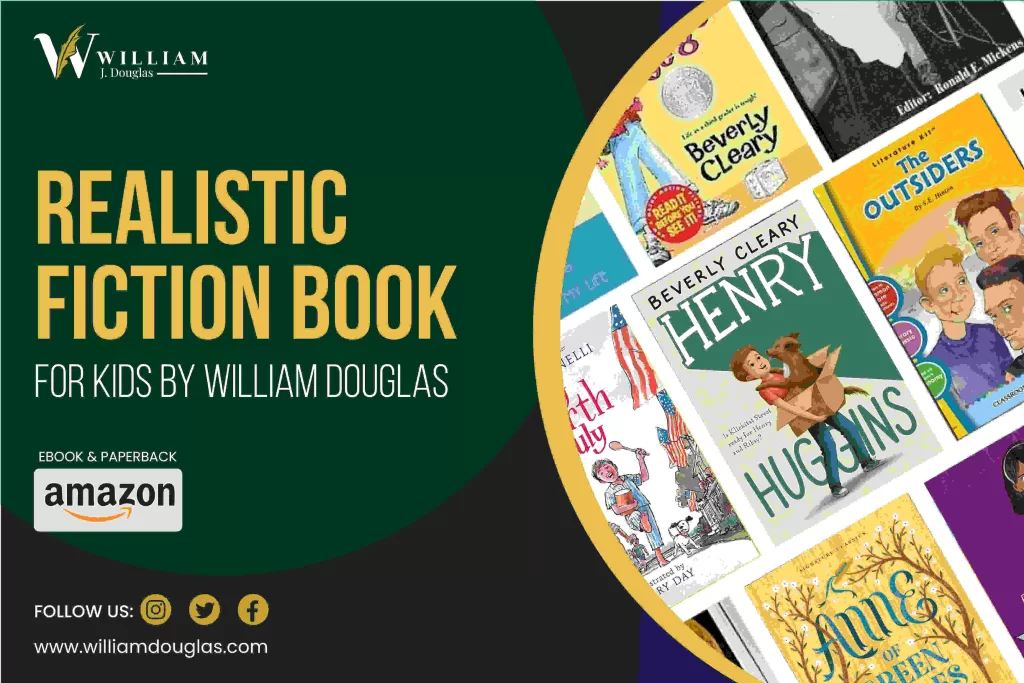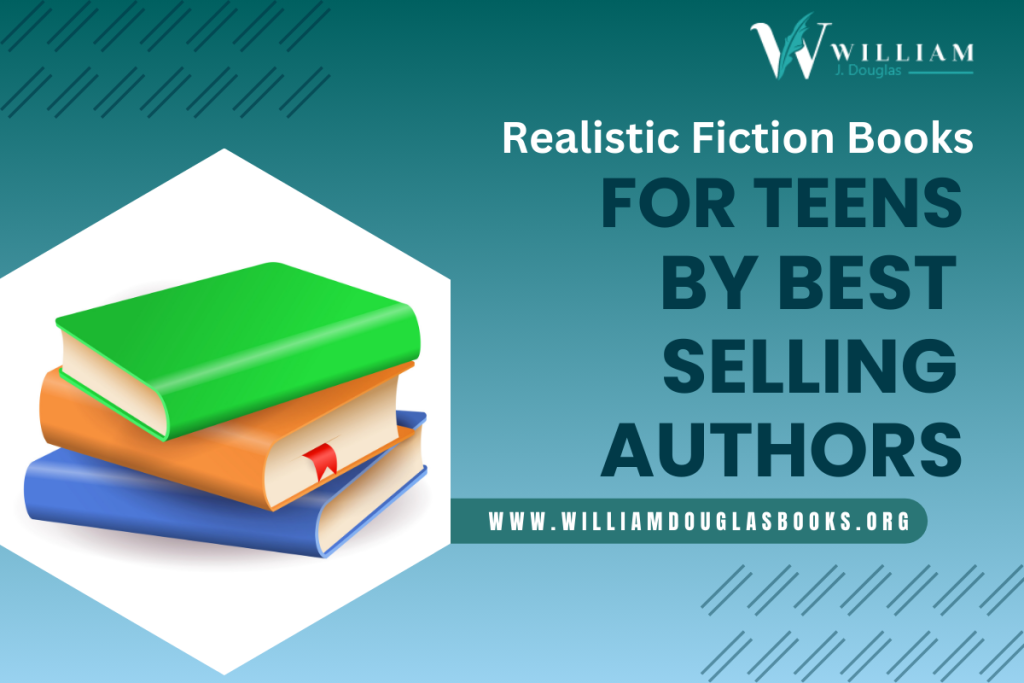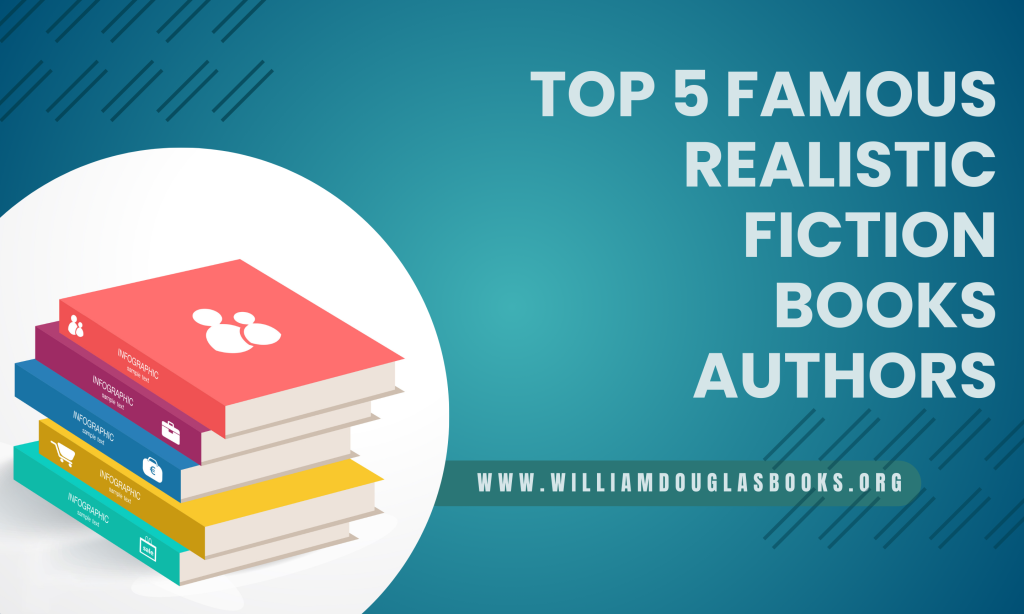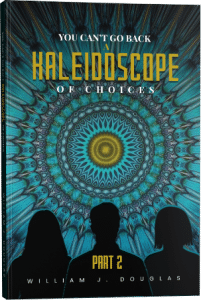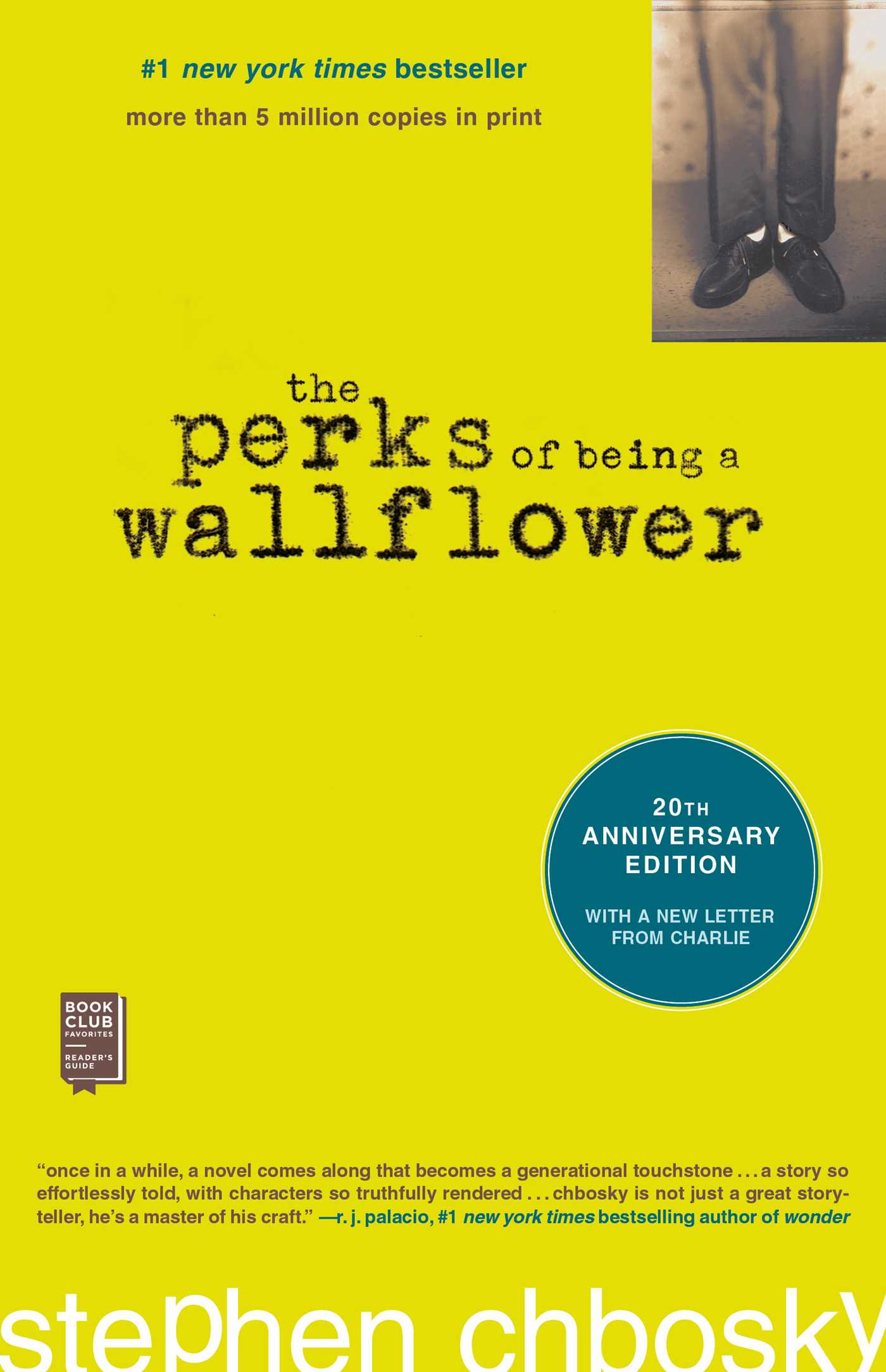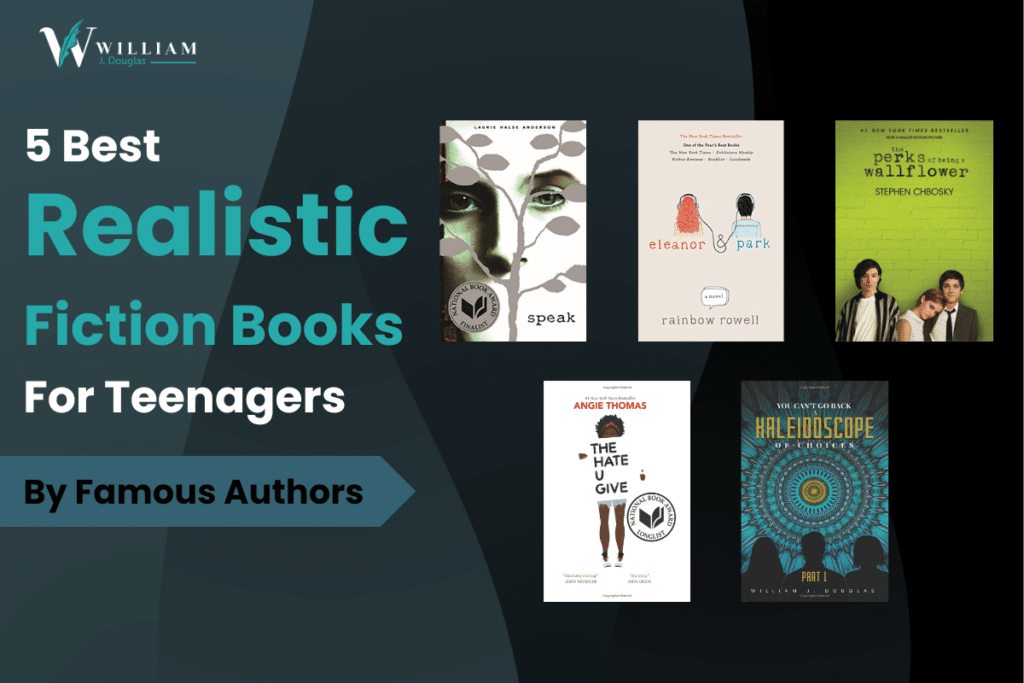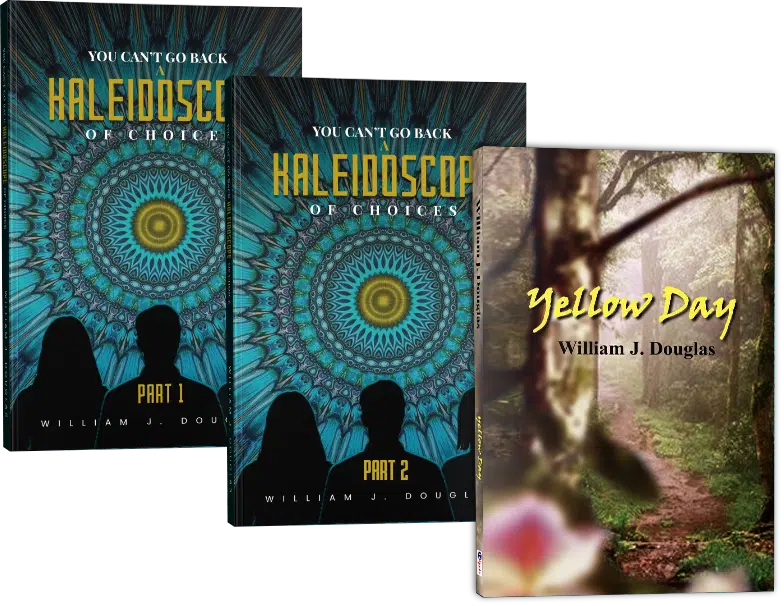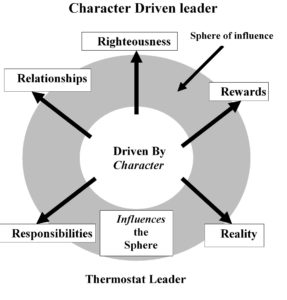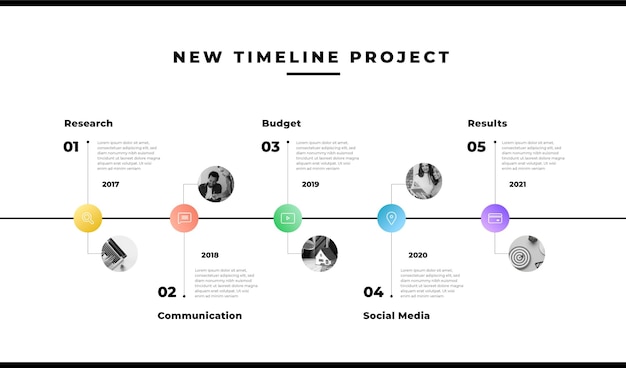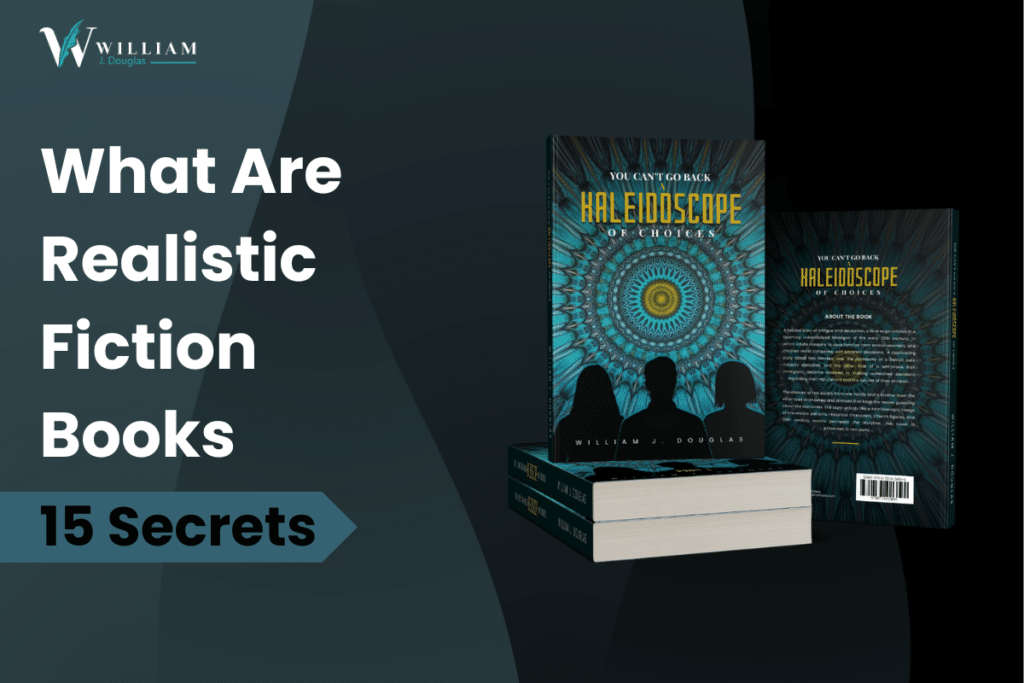
Introduction
Sometimes, it is quite easy to come up with unrealistic fiction stories about space aliens, vampires, superheroes, or magical things. However, when it comes to pen down a more grounded story it requires realistic fictional ideas. Before digging into the examples of realistic fiction, let’s look at the basic ideas and elements.
What is Realistic Fiction?
Realistic Fiction Novels Ideas
Before starting, a writer initially needs strong ideas to base a story on. It is a fact that no one knows where to start and can attain inspiration from anywhere.
Here are some tips you can follow to get help starting young adult realistic fiction books.
#1 Choose a Theme
The comprehensive theme in writing keeps your idea rolling. Below are some creative themes in realistic fiction that have existed for ages.
- Love
- Growth and Upbringing
- Changes at Different Life Stages
- Self-Discovery
- Bravery
- Social Issues
- Injustice
All of these themes are the core elements of human life. Human struggles with these problems. That’s a realistic story; including these themes will never go wrong.
#2 Draft Characters
The characters in the top realistic fiction books do not possess magical powers or other supernatural abilities. They are just simple people you can be inspired by in real life. The main character of your story should be the positive arc that connects with the realistic ending. You can also add traits you want your protagonist to have, making it believable for readers.
#3 Responsibility in Realistic Fiction
While writing realistic fiction, the authors must be sensitive toward offensive depictions. They should make sense of the topic and understand the message before they write it down.
#4 Writing Realistic Fiction
When writing the best realistic fiction, you must consider the resemblance that may happen in real life. Some of the elements that need to be portrayed are real.
- Believable Settings
- Plot
- Depth of the Character Depiction
- Relatable Conflict
- Compelling Research
- Stay in your Lane
Further want to know about meaning of best realistic fiction
Examples of Realistic Fiction
#1 “Now I Lay Me” by Ernest Hemingway
During World War I, Nick was wounded and recuperating at the hospital in Milan. Nick Adams, the protagonist of the story, became an insomniac. The fear of death kept him awake all night. He thinks about the old fishing spots and prays for everyone he knows when he doesn’t fish. On other nights, he imagines things that have never happened to him. The story depicts the inability of human beings to make communication effective. Hemingway’s writing involves the major concerns of reality reflection. It is one of the best young adult realistic fiction books on Amazon.
#2 “The Petrified Man” by Eudora Welty
The story starts with a conversation between Leota and one of her regular clients, Mrs. Fletcher. Leota is a beautician by profession and likes to gossip with her clients. While Leota was giving services to Mrs. Fletcher, they covered a lot of subjects, including the traveling freak show in town featuring The Petrified Man. It is a good story interpreting the characters and small-town life. The book includes community, money, fear, and uncertainty.
#4 “A White Heron” by Sarah Orne Jewett
A White Heron is the story of a young girl, Sylvia, walking through the woods and meeting a stranger who hunts unique birds to keep them in his collection. She decides to help him find an evasive creative. The book is considered the renaissance of feminist literary criticism as it portrayed a strong female character. The book is the best realistic fiction, originally published in 1886, and known as the most anthologized online story.
#5 “Alyosha the Pot” by Leo Tolstoy
Alyosha, a hardworking protagonist, is a one-dimensional character in the story. He is the younger brother and is called Pot because he accidentally shattered something while delivering milk to the deacon’s wife; he earned the nickname “the Pot.” Both his mother and the other kids had taunted him. He earned the moniker “the Pot” ever since. The story’s topic is emphasized by Alyosha’s steadfast nature, which manifests in how he reacts rightly and persistently despite the injustice occurring all around him. Giving you a well-rounded persona is not the goal. The goal is to inspire a strong thought in you. Maybe that’s something our art should do more of. And Tolstoy pulled out a pretty clever ruse there. Alyosha the Pot is one of the top realistic fiction books to read online.
#6 “Black is My Favorite Color” by Bernard Malamud
The story revolves around the description of Jewish-Black relationships in America. It is about the middle-aged bachelor and his failed relationships with black people. It includes the past relationships with his former friend, Buster, and his lover, Ornita. Black, my favorite color, also depicts the change in African-American relationships in the wake of the 1960s. This novel is among the realistic fiction novels, similar to other novels such as The Assistant, 1957. It is available online.
Conclusion
Every writer has their way of writing and bringing ideas to life, implementing a creative flow. Many great realistic fiction novels will help you stay consistent and keep writing.
The novels mentioned above are the best examples of realistic fiction. Realistic fiction novels depict the reality of life and let the readers empathize with the characters. When the readers identify the realities and conflicts in the realistic fiction book, they understand and react to what is being read.
William Douglas’s “You Can’t Go Back – The Kaleidoscope of Choices” is about reversible patterns, historical characters, and late 20th-century events. The story includes elements of uncertainty, which will keep the readers on the edge of wondering what comes next. Douglas’s story turns twisted when three C’s are inclined – Chaos, Concern, and Changeability. To witness the entire journey of the characters, read the book available only on Amazon.

